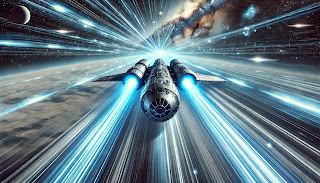Mahabharata
The Mahabharata is one of the greatest epics in world literature—an ancient Indian text that is not merely a story, but a cosmic mirror of humanity, war, dharma (righteousness), and destiny.
Core Facts:
- Attributed to the sage Vyasa.
- Composed in Sanskrit, containing over 100,000 verses—making it the longest epic poem ever written.
- Dates back to roughly 400 BCE to 400 CE, though rooted in older oral traditions.
The Central Story:
It tells the saga of a dynastic struggle between two sets of royal cousins:
- The Pandavas (five brothers, righteous and noble).
- The Kauravas (a hundred brothers, ambitious and prideful).
Their rivalry over the throne of Hastinapura culminates in the devastating Kurukshetra War, where ideals, loyalties, and cosmic law are tested on every level.
Key Elements:
- Bhagavad Gita: A divine dialogue between Krishna and Arjuna, embedded within the Mahabharata. It is a spiritual and philosophical cornerstone of Hindu thought.
- Draupadi, Bhishma, Karna, Drona, Shakuni, Gandhari—every character is layered, representing psychological, ethical, and mythic archetypes.
- Themes of karma, destiny, free will, justice, loyalty, and identity run deep.
Symbolic Power:
The Mahabharata is not just a tale of kings and battles. It is:
- A moral laboratory where every virtue and vice is tested.
- A spiritual guide hidden in the garments of a political saga.
- A reflection of life itself—messy, glorious, brutal, and transcendent.
In essence:
The Mahabharata is not just read. It is experienced.
It is the war within the soul, the cry of conscience in a crumbling world, and the timeless reminder that even gods must bow to dharma, and even warriors must confront themselves before they face their enemies.





Comments
Post a Comment
Your Thoughts, Please!
Have an opinion? A question? Or just want to share your random thoughts? Drop a comment below—we’d love to hear from you!